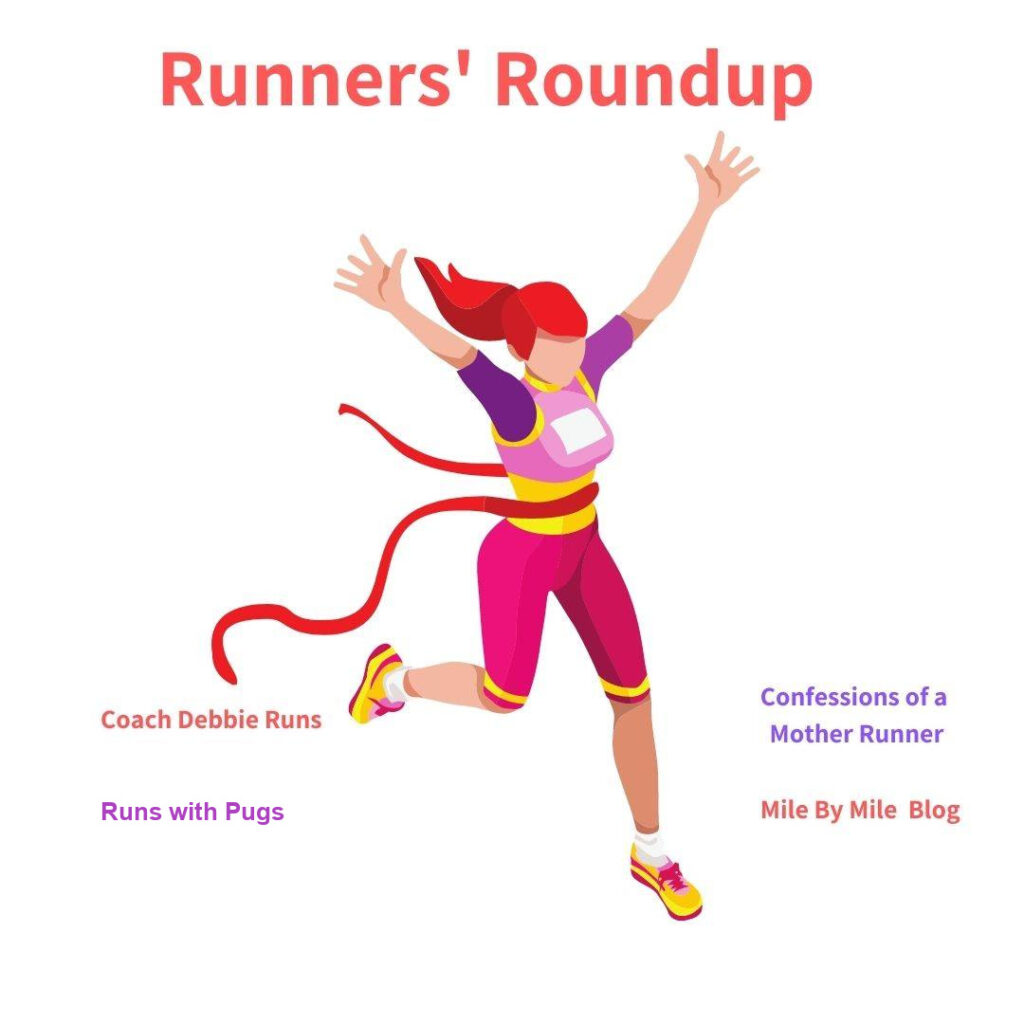When running a long distance race, having a fueling plan is important. Have you heard of of “hitting the wall” at mile 20 of a marathon? This is usually due to not fueling well. By fueling early and often with the right nutrition you can improve your performance on race day and hopefully avoid the dreaded wall of a marathon! Here are some suggestions for working to determine your perfect fueling plan for your long distance race.
How To Determine Your Perfect Fueling Plan For a Long Distance Race
Try different options for a fueling plan
There are so many options when it comes to fueling for a long distance race: gels, sports drinks, whole foods, gummies, and more. Try some different products to see what works for you. It can also be helpful to use more than one type of fuel. This may maximize absorption of carbohydrates when taken at high rates and also keep your taste buds happy so that your race fuel sounds more appealing during your run.
You can get individual packs of gels and other products by going to your local running store or picking some up at a race expo. The Feed also sells individual packs of products if you want to buy just a few of each before committing to a full pack.
Compare nutrition labels for products
In order to develop your race fueling plan, you want to figure out how you will get the calories and carbohydrates that you need for your race. One way to determine your needs is to use your weight in kilograms, which is approximately how many carbs you need per hour. So a 135 lb runner = 60 kg and would need 60 g of carbs per hour, or 2-3 gels.
Another consideration is how long you will be running for. According to a 2019 journal article, longer runs require more frequent carbohydrate intake. For runs of 1.5-2.5 hours, the recommended intake is 30-60 grams of carbohydrate per hour while for runs longer than that the the recommendation increases to 60-90 grams per hour. Since most of us will need longer than 2.5 hours to run a marathon, we should be looking to consume 60 g per hour, or more.
Here is a comparison chart of common fueling products for runners. You can also download a PDF version here!
Consider what fueling plan has worked in the past
If you have run in long distance races before and used fuel during your race, consider what has worked for you (and what didn’t!). If there are certain gels that caused GI distress then you can avoid them or try something different. Some gels use different types of sugars which can affect how you feel. (But keep in mind that you can train your gut, which we will talk about in a moment!)
The best types of fuel for improving energy while running are simple forms of sugar like sucrose, glucose, and fructose because they’re easy to take in while running, they are absorbed into the bloodstream quickly, and are readily broken down to be used as fuel. A mix of glucose and fructose may be the best combination because you can absorb both faster than each individually.
Train your gut before your long distance race
It is important to practice your fueling plan on training runs, and to build up your tolerance for carbohydrate intake. As you practice taking fuel on runs, you can train your gut to digest the fuel that you are taking to avoid GI distress. Research suggests that the GI system is highly adaptable and that the gut can be trained for fueling on the run, which may lead to a decreased perception of fullness when taking in a high amount of carbohydrates.
Increase your fueling intake for your long distance race
As you are training your gut, you can start by taking smaller amounts of carbohydrates on runs, especially at the beginning of your training cycle. You will want to build up to eventually be taking the recommended amount of carbohydrates per hour based on the time you are running and your weight. You can use a combination of gels, gummies, whole foods and sports drinks to find what works best for you. For example, you may take 2 gels per hour while also sipping on a sports drink throughout your run.
For example, a serving of Nuun Endurance contains 16 g of carbs, while Tri-Berry Gu has 23 g of carbs. So if you took a gel every 30 minutes and drank a serving of Nuun Endurance over the course of an hour, that would get you to 62 g of carbs.
You could eventually try taking a gel every 20-25 minutes to increase your carb intake, or adding in a few energy chews during that time.
Practice your fueling plan on training runs
The best way to figure out a good fueling plan is to practice on your training runs! This not only allows you to train your gut and increase your tolerance to carbs, but you can test out what types of fuel work best for you. If you track your runs in a journal or somewhere electronically, make a note of what your fueling plan was and how you felt on each run. Remember that on race day you will be running harder than on your training runs, so you will likely need to take slightly more fuel than you did during training.
Test your hydration strategy before your race
Once you have been using fuel on your training runs, you also want to make sure that your hydration strategy will work well with your fueling plan. It’s important to take in electrolytes, so you want to make sure that your hydration of choice sits well in your stomach when combined with whatever fuel you are taking. You may choose to use a sports drinks that provides both carbs and electrolytes, or you can drink water and take salt tablets. It’s important to consider race day weather, as you will need a higher amount of electrolytes if it is hot and humid on race day.
Find out what is provided on the race course
It can be helpful to know what products will be provided on the race course, both for fuel and hydration. This will help you determine what you will need to carry with you on race day. If you are planning to drink hydration provided by the race, then be sure to use it on your training runs and test it with your fueling sources.
Bonus: Work with a Sports RD
If you need individual guidance to develop a fueling plan for your long distance race, consider working with a sports focused registered dietitian. They can give you personalized suggestions to help you meet your needs! This information is for general guidance, and each runner needs to experiment to find what works best for them.
Coming up with a fueling plan for your race may seem confusing, but with a little research and practice you can go into your race well prepared. Most importantly, test out some different options and make sure you have a few options that work for you before your race! The last thing you want is to end up taking something new that upsets your stomach. There are so many options available these days, it’s all about experimenting to find a good fit for your body’s needs.
Have you ever hit the wall in a marathon?
Do you practice your fueling plan on training runs?
What’s your favorite way to fuel for long runs or races?
You may also like:
Race Fueling Strategies for New Runners: How to Get Started
Simple Ways to Fuel Your Runs Without Using Gels
Now it’s time for the Runners’ Roundup! Link up your running and fitness posts below! Join myself, Coach Debbie Runs, Confessions of a Mother Runner, and Runs with Pugs to post your favorite running tips, experiences, race and training recaps, workouts, gear, and coaching ideas.





This is great advice, Lisa! I’m doing the Berlin Marathon in 11 days and I’m planning to use Maurten gels every 5 kilometres, which would be roughly every 25 minutes.
I don’t know what kind of sports drink they will have, I’ll need to find that out!
It definitely takes lots of trial and error and practice! it does help to find out what they offer on course and practice with that as well
I am the perfect example of NOT following my fueling plan during my PR race. I tend to get upset stomach during marathons so during that race I felt so good I didn’t take in enough fuel in the early/middle miles. Talk about hitting the wall! The last six miles were so hard (and in St. George they’re pretty much downhill). Yes, I ran my PR but if I did it right it would have been about 4 minutes faster.
Great tips, then the most important part is to follow them when you’re racing. 🙂
Figuring out how to fuel properly is always such a challenge. I agree that finding out what will be on the course is key. Because if you can use what’s provided, that’s a game changer!
Training your gut and practicing fueling are two of the most important pieces of advice out there. NOBODY wants to deal with GI issues on race day. I have also had issues with things that used to work suddenly not working. That’s never fun 🙁